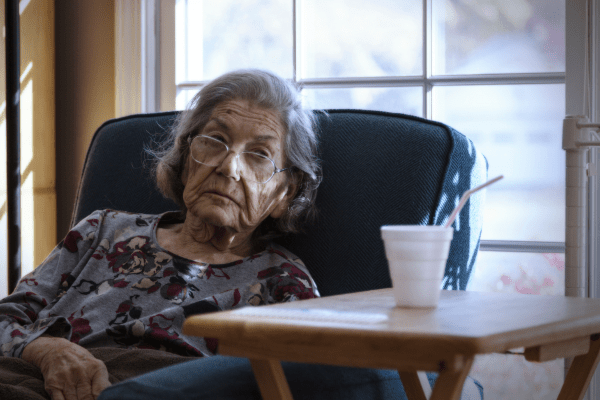
Home. The term itself evokes a haven of familiar solace, a storehouse of treasured memories, a location where the sounds of laughter and the essence of love dwell. As the final chapter of life’s remarkable narrative begins to unfold, the desire to remain within these hallowed walls frequently transforms into an overpowering longing.
This deep-seated aspiration forms the foundation of the End-of-Life Pathway of Support at Home initiative. It transcends mere service; it embodies a philosophy, a meticulously crafted tapestry of care aimed at honoring an individual’s wish for dignity, autonomy, and tranquility in their concluding days, enveloped by the gentle, familiar embrace of their own residence.
For the person traversing this delicate phase, remaining at home signifies preserving a sense of agency and identity. It entails awakening in their own bed, surrounded by their belongings, and hearing the familiar sounds of their household – small comforts that take on monumental significance. It enables them to uphold routines, welcome visitors without the sterile atmosphere of a hospital, and truly live until their final breath, on their own terms. It’s about cherishing precious moments creating new memories with loved ones against the backdrop of a life well-lived, rather than in an alien institution.
The Support at Home End-of-Life Pathway, effective from 1 November 2025, offers urgent additional funding of up to $25,000 for a duration of 12 to 16 weeks to assist older individuals who wish to remain in their homes during their final months.
This pathway necessitates medical verification of a life expectancy of less than three months and a Karnofsky score of 40 or lower, which grants access to services including nursing, personal care, meal assistance, and assistive technology.
It is designed to complement existing health services rather than replace them, providing a streamlined process for those already enrolled in a Home Care Package, thereby ensuring dignified and personalized care.
Eligibility
Medical Confirmation: A general practitioner or registered nurse must validate a life expectancy of less than three months.
Karnofsky Score: A Karnofsky score of 40 or lower is required.
Funding and Timeframe
Funding: Up to $25,000 in aged care funding is available..
Timeframe: The funds are allocated for 12 weeks, with the potential for access to be extended to 16 weeks.
What the Funding Can Be Used For
- Nursing Care: Professional nursing support.
- Personal Care: Support with daily activities like bathing and dressing.
- Meal Preparation: Assistance with cooking and meal preparation.
- Assistive Technology: Equipment like pressure care beds.
- Carer Respite: Breaks and support for family carers.
How it Works with Health Services
The pathway is an addition to, not a replacement for, government palliative care services.
Most of Health Network services will continue to manage advanced symptom control and care planning.
For Those Already on a Home Care Package
Current supports are maintained through a streamlined transition into the new pathway.
The goal is to enhance, not interrupt, existing care.
How to Get Started
- Medical Approval: Your doctor or nurse completes the End-of-Life Pathway Form.
- My Aged Care Application: Your provider submits a high-priority Support Plan Review, or you receive an expedited assessment if you are new to the program.
- Care Plan Development: A personalized care plan is created to align with your values and needs.
Important Considerations
One-Time Access: The pathway is available only once per person.
Condition Improvement: If a person’s condition improves or they live beyond the anticipated timeframe, they will be reassessed for ongoing Support at Home services.
If you need support or assistance, please reach out to Support Services Connect Australia (03) 9123 4560.
End-of-Life Care at Home: What the New $25,000 Pathway Means for Families
